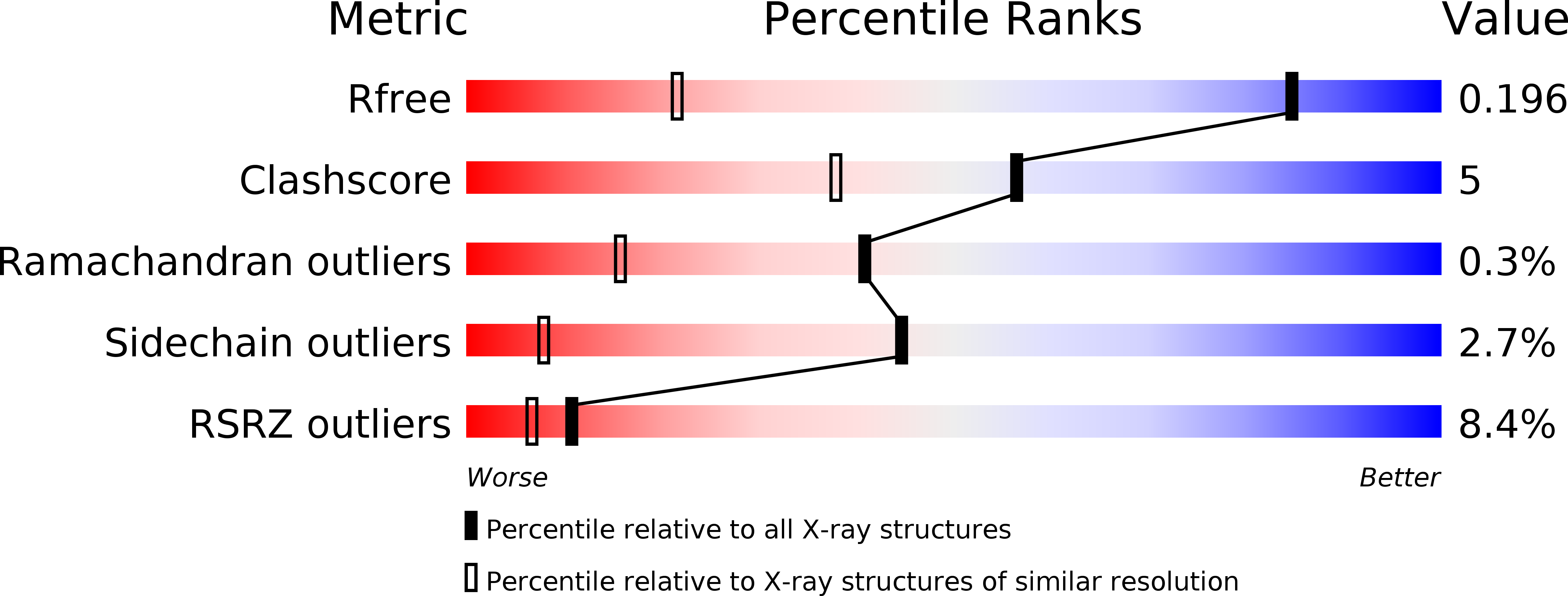
Deposition Date
2001-05-23
Release Date
2002-05-23
Last Version Date
2023-08-16
Entry Detail
PDB ID:
1J96
Keywords:
Title:
Human 3alpha-HSD type 3 in Ternary Complex with NADP and Testosterone
Biological Source:
Source Organism:
Homo sapiens (Taxon ID: 9606)
Host Organism:
Method Details:
Experimental Method:
Resolution:
1.25 Å
R-Value Free:
0.19
R-Value Work:
0.18
Space Group:
P 1 21 1


